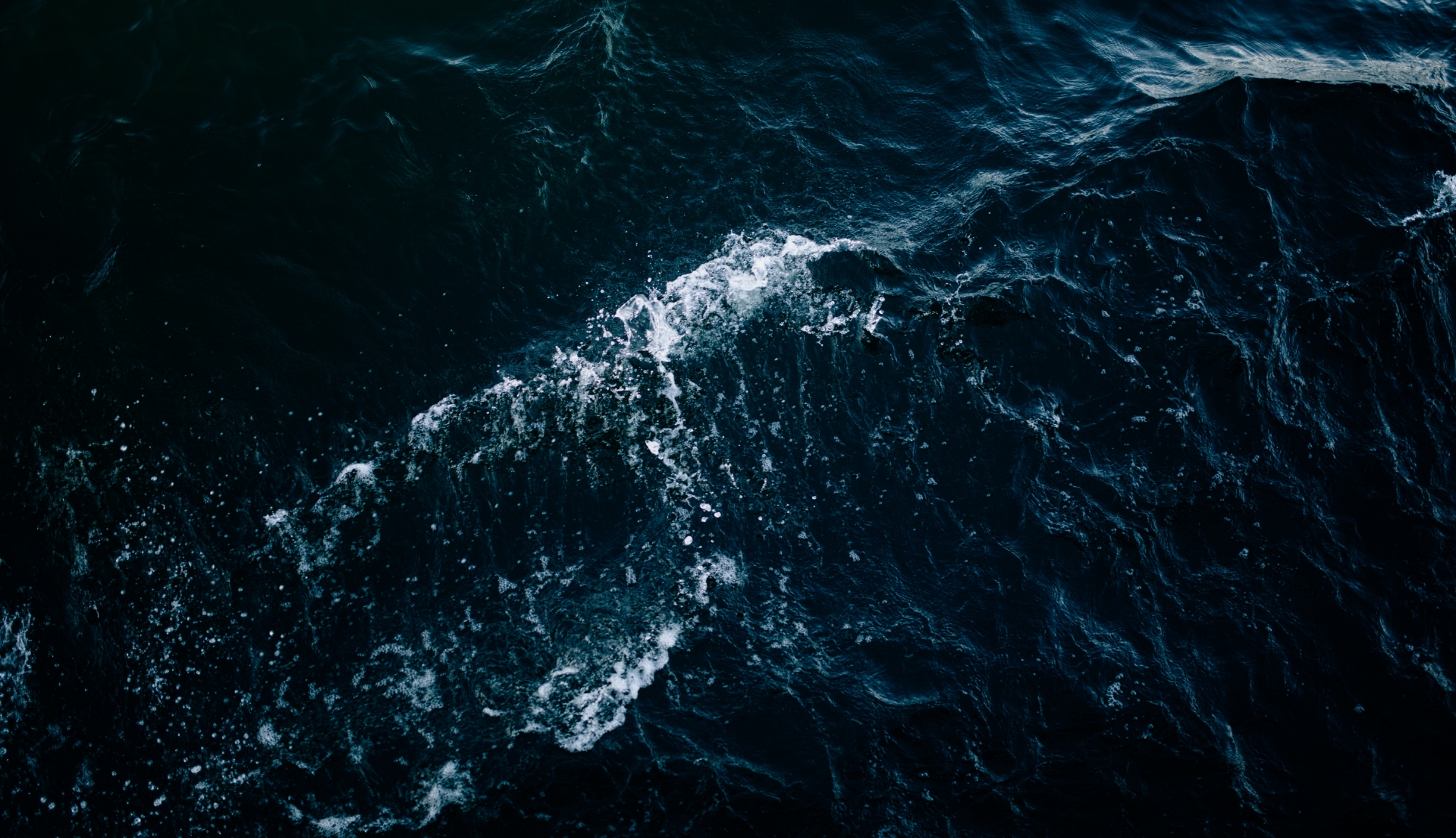Connect with us
* Required fields
* Required fields
Sensors capable of data collection in deeper water, including full-ocean depth, can be deployed from larger USVs and remotely controlled from our Remote Operations Centre. These larger systems can be used for long-duration monitoring campaigns with fewer port calls, providing a highly efficient method for acquiring ocean data.


With advancements in communication technology, those people can be moved ashore, and remotely operated vessels can be deployed to carry the same types of scientific sensors across oceans.
This is not yet the case for all offshore data acquisition, but as we push technological advancements, we will replace more and more conventional ships across the world with cheaper, safer, and greener uncrewed platforms.
We can deploy USVs to acquire data in shallower waters, or with particular sensors, while conventional vessels carry out complex tasks that need human involvement, leading to efficiency gains and potential reduction in campaign length.
